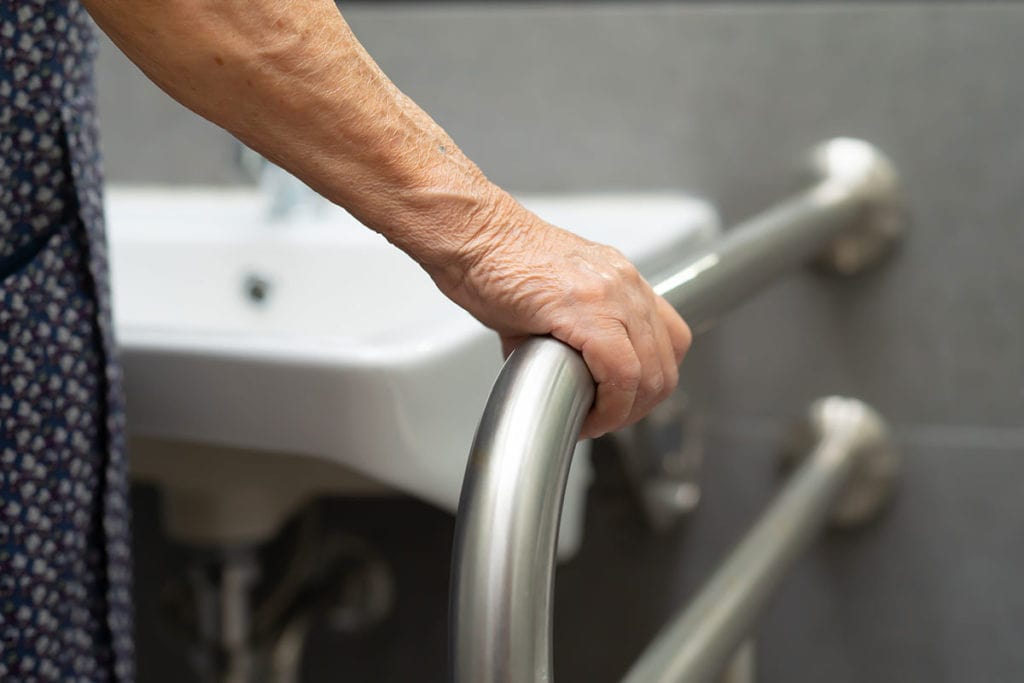In 2024, ensuring the safety of rental properties has become a top priority for homeowners and landlords alike. With the primary goal of protecting tenants and maintaining property integrity, safety updates for rental properties are essential. These updates not only enhance the living experience but also comply with regulations and foster a sense of security. This article aims to explore the critical aspects of these updates, focusing on the latest trends and technologies that are shaping the landscape of rental property safety.

The Importance of Safety in Rental Properties
Safety in rental properties is not just a legal requirement but a moral obligation. Landlords must prioritize the well-being of their tenants by implementing comprehensive safety measures. This includes regular inspections, maintenance of safety equipment, and staying updated on the latest safety regulations. By doing so, landlords can prevent accidents, reduce liability, and create a positive living environment.
Key Safety Features for Rental Properties
Smoke and Carbon Monoxide Detectors
Installing smoke alarms and carbon monoxide detectors is a fundamental safety measure. Regular testing and maintenance of these devices are crucial to ensure they function correctly. For more detailed guidance on this, you can visit this site that offers comprehensive tips.
Secure Flooring Solutions
Ensuring that flooring is safe, especially for elderly tenants, is vital. Consider using non-slip materials and regularly checking for wear and tear. For more information, you can explore various flooring options that enhance safety.
Childproofing Rental Homes
For families with young children, childproofing measures are essential. This includes secure windows, stair gates, and electrical outlet covers. To learn more about childproofing, visit this resource.
Technological Advancements in Safety
Smart Home Technology
Integrating smart home technology can significantly enhance safety. Smart locks, security cameras, and automated lighting systems provide added security and convenience. These technologies allow tenants to control and monitor their homes remotely, offering peace of mind.
Energy Efficiency and Safety
Energy-efficient appliances and systems not only reduce utility costs but also contribute to safety. Proper insulation, energy-efficient lighting, and modern HVAC systems can prevent hazards such as electrical fires and carbon monoxide leaks.
Legal Requirements and Compliance
Understanding and adhering to legal requirements is crucial for landlords. This includes keeping up with local building codes, safety regulations, and tenant rights. Compliance not only avoids legal issues but also enhances tenant trust and satisfaction.
Regular Maintenance and Inspections
Conducting regular maintenance and inspections is essential to identify and address potential safety hazards. This proactive approach prevents accidents and ensures that all safety equipment is in working order.
Building a Safety-Conscious Community
Creating a culture of safety within rental communities can have a profound impact. Encouraging tenants to report safety concerns and participate in safety drills fosters a cooperative environment where everyone is committed to maintaining a secure living space.
External and Internal Resources
Utilizing available resources, such as safety courses and online guides, can provide landlords with the knowledge they need to implement effective safety measures. For instance, a study on rental property safety offers valuable insights into the latest safety trends.
Conclusion
In conclusion, implementing safety updates for rental properties is an ongoing process that requires attention, dedication, and collaboration. By staying informed about the latest safety technologies and regulations, landlords can ensure that their properties provide a safe and secure environment for all tenants. This not only protects the property but also enhances the overall rental experience, leading to satisfied tenants and successful property management.

FAQ Section
What are the most important safety features for rental properties?
The most important safety features include smoke alarms, carbon monoxide detectors, secure flooring, and childproofing measures.
How can landlords keep up with safety regulations?
Landlords can stay informed by regularly reviewing local building codes, attending safety courses, and consulting resources like safety guides and studies.
What role does technology play in rental property safety?
Technology enhances safety by providing smart home solutions such as security cameras, smart locks, and automated lighting, allowing for remote monitoring and control.
This article contains affiliate links. We may earn a commission at no extra cost to you.

